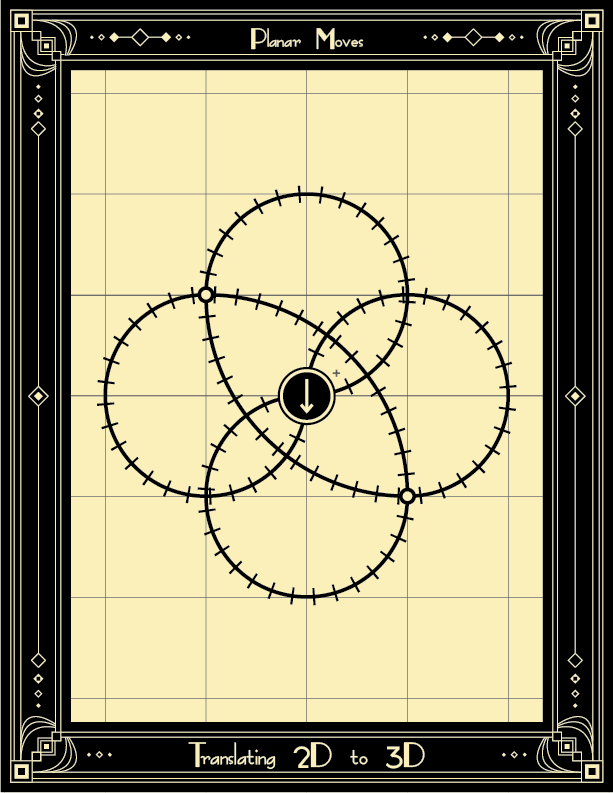Smithsonian’s Pepper Project
Programming a Robot For Museums
The Pepper Project
After receiving a donation of Pepper robots from Softbank Robotics, the Smithsonian Institution was faced with the question, “What could robots do in a museum?” The robots are intended to be “social,” which is really more of a marketing term used for the first wave of “consumer” robots, trickling through the tech market in the late 2010’s. With the out-of-the-box version, the bots are intended to be used for “customer service” or “wayfinding" by using a slide show displayed on its tablet, pre-programmed animations and text-to-speech capabilities, all controlled through an online web interface. Not one for convention, I strayed from the web interface and instead used the humanoid droid’s native application, Choregraphe. As an educator in the Hirshhorn Museum’s digital art space, ARTLAB, I saw the robot along with Choregraphe as an opportunity to create an education program that could teach 3D design, animation, circuitry, and programming all at once. From this observation emerged Pepper Production Teams.
Articles:
Fast Company, Washingtonian, DCist
Equipping the Next Generation
The inspiration behind Pepper Production Teams emerged from thinking of the role technology played in my past. I was born in 1989, experiencing the digitization of the world as I grew up. Like many in my generation, I couldn’t completely recognize the implications of emerging technologies, good or bad, because I had very little context for the pre-digitized world was like. At the same time I realized that being more immersed in these technologies than previous generations gave me a unique perspective and allowed me to better connect seemingly unrelated mediums and ideas.
Today’s generation of young adults is in a similar situation, but with much more powerful technology. Concious of this, in the summer of 2019 I have created an internship program at the Hirshhorn Museum to introduce teens to emerging technologies, and the questions they raise. The purpose of the program was not simply to teach robotics, but to break down the technology behind robots into its component parts, like computer vision, ai, sensors and motors, in order to give the teens a basis for asking deeper philosophical questions about technology. Instead of being the focus of the program, the robot became a gateway to broader ideas. I wanted to teach skills beyond the over-priced robot and its proprietary software, so the program incorporated open-source education tools like Processing and Arduino, taught them skills in multimedia programs like Photoshop and Illustrator, and introduced them to concepts in facial recognition, 3D cameras and Cartesian grids. like the students will have focused lessons to learn every aspect of the robot.
Being a program for teens, creating catchy graphics to assist with the concepts was a must!
To add an immersive element, the students concluded the summer with a capstone project, creating robotic applications for the art museum. One application, requested by our visitor services team, was a more engaging version of a museum survey, complete with animatronic personality and dance interludes. The other acted as a voice-activated robotic model for the museum’s live-drawing program, posing in the shape of different artwork in the museum’s collection for a set length of time chosen by the user. See the applications in action in the videos below.
Unfortunately, the program will likely not be repeated, as the robots have migrated out of the Institution for a number of reasons, but my hope is that the lessons learned will last forever.
Pages I designed to act as references for lessons
Video of a talk I gave at the Smithsonian Castle around the time of the project’s conception. Apologies for the poor audio quality.






